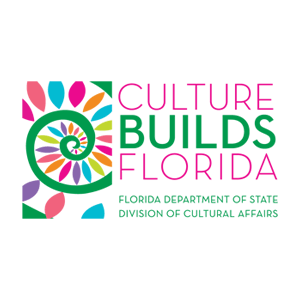Exhibit Fits With Mission to Create a Just Society
The Holocaust Memorial Resource & Education Center of Florida knows it’s doing something right when its work draws the ire of detractors. When we bring in traveling exhibits to complement our permanent Holocaust exhibit, our goal is to identify the common thread that ties the past to the present and create a just society. As a result, we promote thoughtful reflection on the causes, events, and consequences of the Holocaust as well as the deeper issues at stake still today. We stimulate thinking about the nature of prejudice, bigotry, antisemitism, hate, and extremist ideologies that marginalizes people and leads to violence.
This is not a comparison of pain, but a recognition of the pain that still, sadly, exists in our society and the need for respect and humanity, as well as productive dialogue around these complex issues. We remember and reflect on the past for a reason, for a purpose. We want to ensure that what happened to the victims of the Holocaust doesn’t happen to others today or in the future. This is about humanity and treating everyone with respect.
Uprooting Prejudice: Faces of Change by John Noltner contains a series of 45 black and white portraits that capture visceral reactions to the violent death of George Floyd, an incident captured on video that sparked protests across the country and around the world. George Floyd’s death became synonymous with the deaths of many others that are seen as being rooted in acts of violent prejudice or racism.
This exhibit has drawn criticism from a few voices who have mischaracterized or misunderstood its subject matter and goals. This exhibit is not a memorial to Floyd and in fact, contrary to what the media states, he is not pictured and there are no judgments made about the police.
Instead, this exhibit invites visitors to explore their own reactions to any injustice. Some may wonder if history’s worst atrocity might have been averted had there been similar widespread protests to the violence witnessed against Jews in Nazi Germany. Imagine being a Jewish person in the early 1930s when they were initially taken away from their homes. Then, wonder what would have happened if someone would have stood up and protested? What would have happened if someone created an art exhibit with messages suggesting we unite? What would have happened if more people were disgusted by the propaganda that led to the belief that Jews were inferior?
With the rise in antisemitism, racism, and many other forms of hate, we know this exhibit is more important now than ever. The Center sees this as an opportunity to wholeheartedly reaffirm its mission which is to use the history and lessons of the Holocaust to build a just and caring community free of antisemitism and all forms of prejudice and bigotry.




